The following are just a sample of what can be found in our July 2024 issue of Shipping T&Y.
from NOTABLE INCIDENTS
Multiple injuries were reported amongst passengers waiting to disembark the high-speed ferry Isola di Procida after it collided with the pier whilst berthing at Naples on 19th April 2024. Initial reports suggest 44 passengers were injured with 29 of those requiring hospital treatment and the impact caused several dents and gashes to the vessel’s hull. Although the reason for the incident remained unclear with ongoing investigations being conducted by The Port of Naples Authority and the Coast Guard, weather conditions appear to have been a factor. The 1,900 gt ferry which has a capacity for 620 passengers and 45 cars normally undertakes the crossing at 25 knots but experienced high winds and 2 metre (6ft 6in) waves during the crossing from the holiday island of Capri. Witnesses suggest there was a particularly violent gust shortly before the collision.
from CONTAINER FLEETS
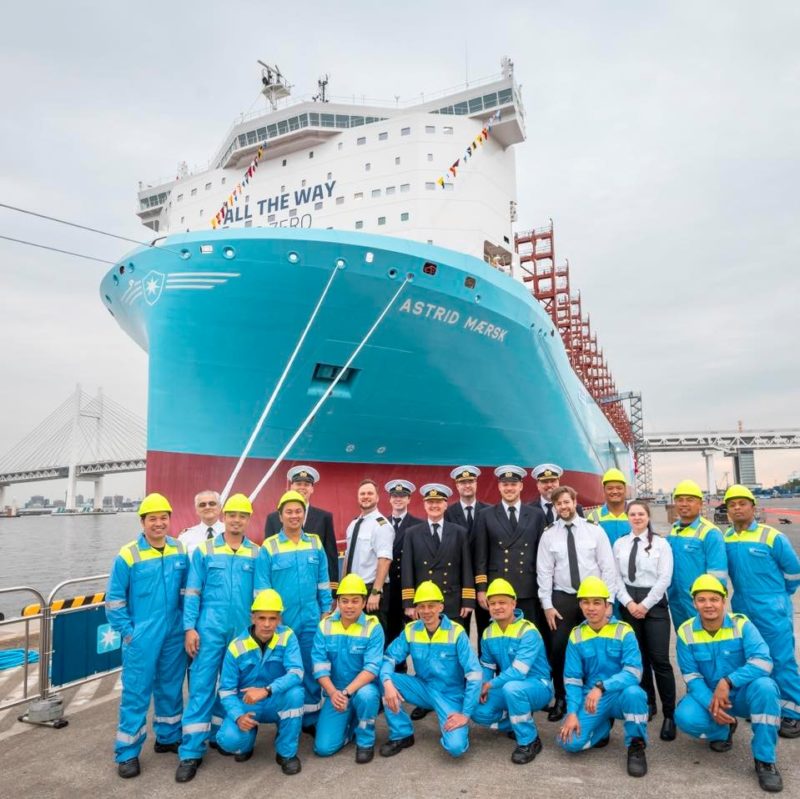
Making good on its commitment to the environmental cause Maersk received the second of the eighteen large methanol-enabled containerships it has on order when the 16,000 TEU capacity Astrid Maersk was delivered from South Korea’s Hyundai Heavy Industries (HHI) and named in Yokohama in April. Like her earlier sister Ane Maersk the new ship has a distinctive profile, and her MAN Energy Solutions engine is capable of running on biodiesel and conventional fuel oil as well as methanol.
She might be small but the 5,811dwt Panamanian flagged T Mare may prove to be a pivotal ship as she re-established a feeder service between the Ukrainian port of Chornomorsk and the Romania port of Constanta in April. Carrying 370 containers the T Mare is reportedly under charter to a Turkish freight forwarder. The service promises to provide a route for farmers to import machinery and spares whilst exporting small consignments of grain in containers. Inevitably security concerns abound but with the backing of the West and the London insurance community it is hoped that T Mare will be followed by a second vessel in due course. Since the Russian invasion in 2022 container traffic has been limited to river barges plying on the Danube.
from BULK & TANKER NEWS
Bulk carriers have been prominent in the role of drug mules recently, including the use of increasingly sophisticated methods to smuggle large quantities of the illegal narcotics. Specialist divers working with the Italian police found 139 decoratively covered blocks of cocaine weighing a total of 150kg and with a reputed street value of around £21 million encased in the sea water intake pipes of an unnamed Marshall Island registered vessel at the port of Ravenna. This followed a “significant amount” of cocaine being found on a Thai-controlled bulker at Ghent. As law enforcement surveillance techniques improve smugglers are resorting to ever more elaborate methods, including disguising cocaine as coal. According to the Colombia Drug Smuggling Report 2024 issued by by A&A Multiprime, “Drug dealers develop new methods to camouflage drugs within these cargoes every day, managing even to simulate coal texture and shape to traffic drugs without being noticed by security officers or crews”, it said.
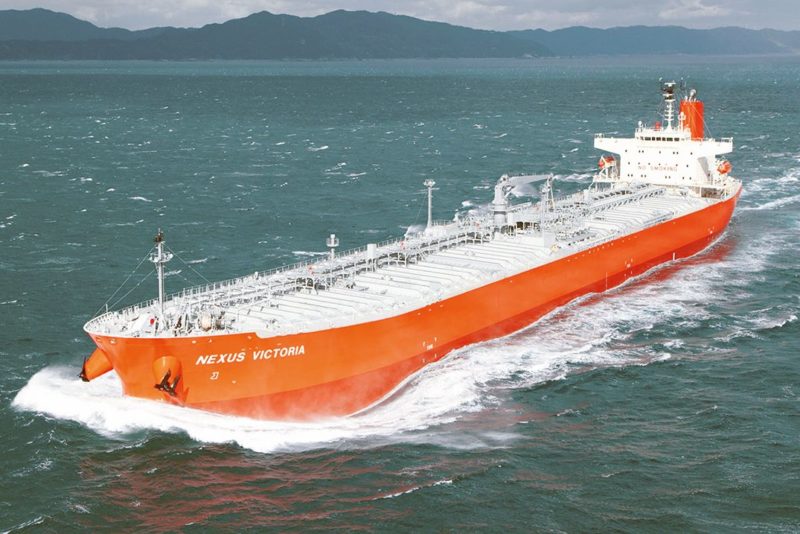
Japan’s Mitsui O.S.K. Lines (MOL) is equipping its 2015-built, 74,900 dwt LR1 product tanker Nexus Victoria (above) with a combination system that both captures a portion of the CO2 emissions from the exhaust as well as acts as a SOx scrubber. Supplied by the Netherlands-based Value Maritime, the 15 MW Filtree system capture the CO2 from the exhaust by spraying an amine-based solution to be stored in tanks and off-loaded in ports. Ingeniously it can then be recaptured from a heating process and supplied to greenhouses, synthetic fuel companies, and other end users. The amine solution is reusable on the vessel. Commenting on the installation which will be undertaken before the end of the year Hiroyoshi Kubo, Executive Officer for the Tanker Unit of MOL said, “This system is noteworthy as an initiative to promote decarbonisation of existing vessels, which are difficult to convert to next-generation fuels”. The system also functions as a conventional SOx scrubber which MOL expects will remove 99 percent of sulphur oxides and particulate matter contained in the exhaust.

from CRUISE NEWS
Albatros Expedition’s 8,181gt/2023-built Ocean Albatros arrived at Portsmouth for the very first time on 26th April on her repositioning voyage from Chile. Her previous port of call had been Lisbon. The ship welcomed around 120 trade and media guests for a 2-night showcase cruise to Alderney in the Channel Isles. The ship spent the morning of 27th April anchored in Braye Harbour and then cruised along the island coast, anti-clockwise, in the afternoon, pausing at the famous gannet colony of Les Etacs (situated 100m from the coastline and home to up to 6,000 pairs of Gannets).
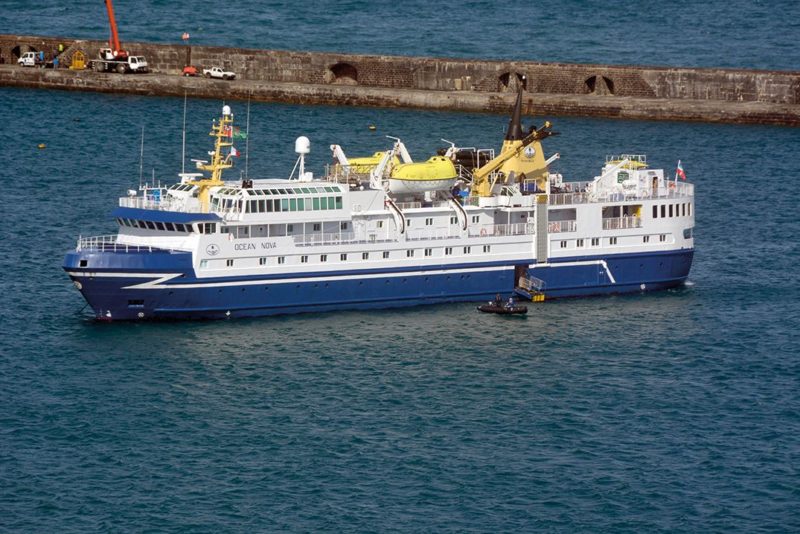
The Ocean Nova, now operating for Noble Caledonia but a former Albatros Expeditions vessel, passed the Ocean Albatros in the Solent as the latter sailed to Alderney and the two ships were in Portsmouth together on 28th April. The 2,183gt/1992-built Ocean Nova sailed to Alderney that evening as seen here.
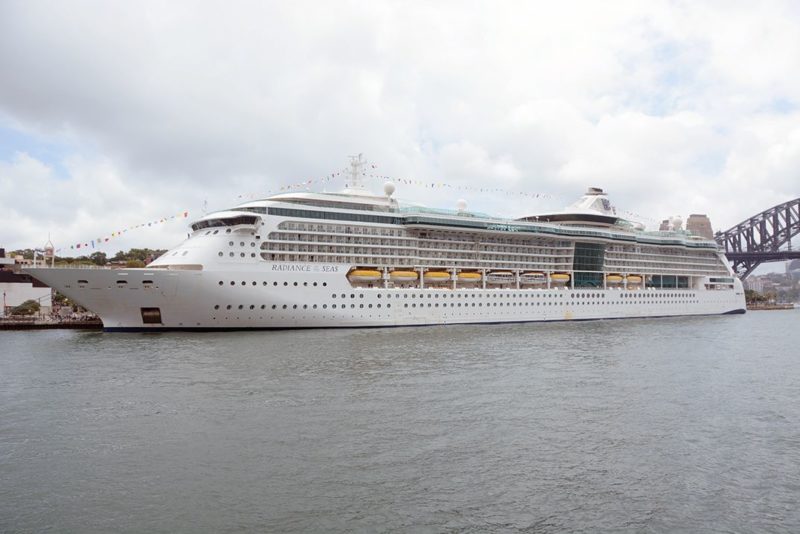
The 90,090gt/2001-built Radiance of the Seas (above) resumed service in the Caribbean on 28th March 2024 following a routine drydock in the Bahamas. The ship spent over two weeks at the Grand Bahama Shipyard and underwent general maintenance in addition to class work and technical overhaul. From late April, the Radiance of the Seas offered a series of one-way cruises sailing between Alaska (Seward) and Canada (Vancouver). However, the Radiance of the Seas had an Alaskan cruise cancelled on 28th April after it was deferred by 2 days whilst a propulsion issue was repaired. The issue materialised on the previous 4-day voyage to the Canadian port. Alas repairs were not possible, and the cruise itinerary was abandoned, with guests disembarking on 28th April having embarked in anticipation two days earlier.
from FERRY NEWS
The 20,133gt/1992-built Barfleur of Brittany Ferries was due to undertake berthing trials at St. Peter Port, Guernsey, on 16th April but this was postponed due to bad weather and took place on 24th April, coincidentally the time that the DFDS public meeting was due to begin regarding their interest in taking over the Channel Island services. Naturally,
Brittany Ferries does not wish to see Condor Ferries ousted as the companies share a CEO and the French operator has a share in Condor. The ship was described as fitting like a glove.
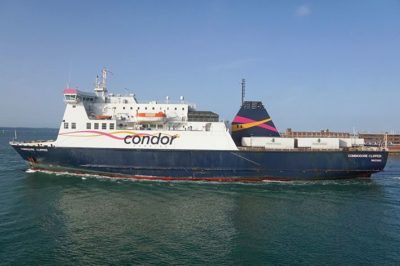

That same day, Brittany Ferries announced a third France-Ireland connection. The service will depart Cherbourg on a Monday destined for Rosslare, complementing the weekly departures of the 22,308gt/2007-built Cotentin and 41,716gt/2021-built Salamanca. This means Brittany Ferries now offers 3 weekly departures from Rosslare. The ship was confirmed to be the Commodore Clipper (above), the sailing occupying the days of the week that she is not scheduled to serve the Channel Islands under the new sailing schedule. Brittany Ferries has chartered Condor’s 14,000gt/1999-built Commodore Clipper for these sailings, with additional Cherbourg-Portsmouth services also available. The ‘Clipper will serve Brittany Ferries for around half of the week and continue to be used by Condor to serve the Channel Islands for the remainder.
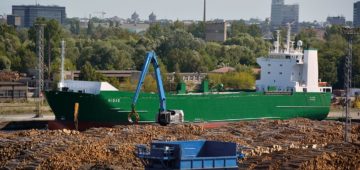
Comments
Sorry, comments are closed for this item